Layers of Fear
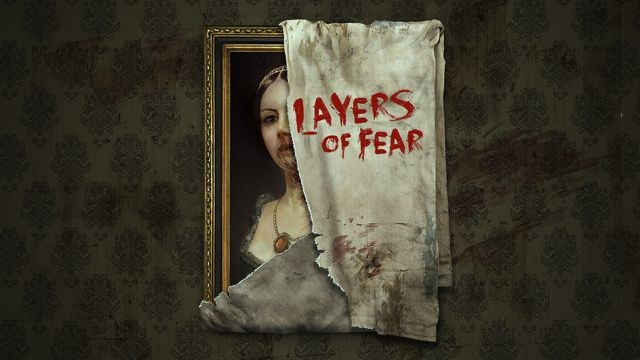
The Good: Interesting story. Fascinating use of environment.
The Bad: Heavy reliance on locked doors to control/direct player. Extremely on rails experience. Awash in typical horror tropes.
The Ugly: Very short. Zero replay value. Is this actually a game?
The explosion of independent game publishing has resulted in an intriguing collection of new game, um, I’m almost tempted to call it experimentation. Sure, there are approximately two billion Diablo clones available through Steam at this moment, but there are also a whole host of new plot-driven games like Gone Home and Life is Strange and The Stanley Parable which turn typical gaming mores on their side, seeking to deliver an interactive story, though one which could be considered minimally interactive, even in comparison to the Zork tales of yesteryear. With that observation in mind, I give you Layers of Fear, a new horror survival game which somehow finds itself short on both survival and what would be considered typical gaming elements. If it can be recommended at all, and I’m not sure it can, it is the story that carries the day; a story which is pretty horrific and features boatloads of disturbing imagery. Beyond that, it’s a whole lot of drawer opening, note reading, and locked door rattling.
You play as a painter suffering from a creative block, though perhaps tortured by it would be a better word. Arriving at your home you begin wandering through the rooms, though as the player it wasn’t clear to me what I was looking for. You can find and read some notes which give little glimpses of the plot to come, but otherwise the rooms are little more than very lavish set pieces. You can’t pick up or interact with most objects and you have no inventory. You can flip some light switches and open a whole lot of drawers and cabinets which, if they don’t contain some kind of note, usually contain nothing of interest. I’ll add a warning here that the character motion includes that head bobbing thing which tends to make me somewhat nauseous. I play most FPS games just fine; it is the rare game that causes this problem, and LoF was one of them.
Anyway, the house is not large, and even opening every drawer and cupboard and bureau and nightstand and armoire in the place, I found myself wondering how this game was going to fill more than ten minute’s time. Then, upon entering a bedroom and having the door close behind me, I reopened the door to find that the space outside was most distinctly not the hallway through which I had entered. As in the novel House of Leaves, the geometry of this house is unreliable. Hallways twist and blur, bend back on themselves, and create effectively Mobius strips. Wending your way through this Esher-esque home, discovering the nature and depth of your madness, is what this game is about. You need not concern yourself with getting lost – most spaces have only a single entrance and exit (often a single doorway, though it doesn’t lead to the same place), and when you are faced with multiple doors, all the ones but the “correct” one are locked, or blocked, chained, or nailed shut, or similarly impassable to keep you on the rails. I think though frustrating, I would have found it more fun to be able to explore this space more freely, determine my own path without being locked on the rails, but admit it would have been more difficult to tell the story in a strong linear fashion with that approach.
My greatest complaint is that very quickly the game develops a predictable and not particularly scary cadence. You enter a room, find a moment later that the exit is locked, and have to search around to trigger that room event. The trigger might be as simple as finding the key hidden in some drawer, but may involve other minimal actions like playing a record or lighting a candle or finding some other item of significance. The event that is triggered initially is a relatively innocuous jump-scare, but as the game progresses they take on a more ominous tone, if also leaning rather heavily on overwrought horror tropes. Someone pounding on the door menacingly? Check. The room deteriorating suddenly? They’ve got that. Creepy baby dolls? Wheelchairs? Check and check. Screechy music, eerie echoes? In spades. Then you find the door unlocked and you’re on your way to the next room. In that sense the game strongly resembles The Seventh Guest (which came out in 1993, for those keeping score), each room presenting a puzzle which, when solved, plays a chilling little animation or sound clip of some kind which presents a fragment of the story, though there are very few of what would be called puzzles in the classical sense in LoF (though there are some of those scattered about, most towards the end of the game).
As a lifetime fan of horror, good, bad, and cheesetastic, I’m pleased that we’re experiencing a renaissance of horror in books, movies, and games. But recent games (SOMA, Penumbra, Amnesia) have set a pretty high bar, and in comparison to those Layers of Fear falls markedly short. When all is said and done, and for me that took about two and a half hours though your mileage may vary, I liked the story. Some of the revelations of LoF are deeply unsettling. The use of imagery throughout the home – paintings on the walls (inspired by some of the great masters, but then fundamentally twisted in some way), paint smears and splashes on the floor and walls looking in texture if not color like blood – mesh well with the plot and is far and away the strongest aspect of the game. And maybe if you are so inclined, just go, experience the story, and call it done. But I just can’t help but feel that its length, the paucity of actual stuff there is to do in the game, and the lack of replay interest severely limits the value of LoF.
Reviewed By: Phil Soletsky
Publisher: Aspyr Media
Rating: 60%
——————————————————————————–
This review is based on a digital copy of Layers of Fear for the PC provided by Aspyr Media.
 Game Over Online
Game Over Online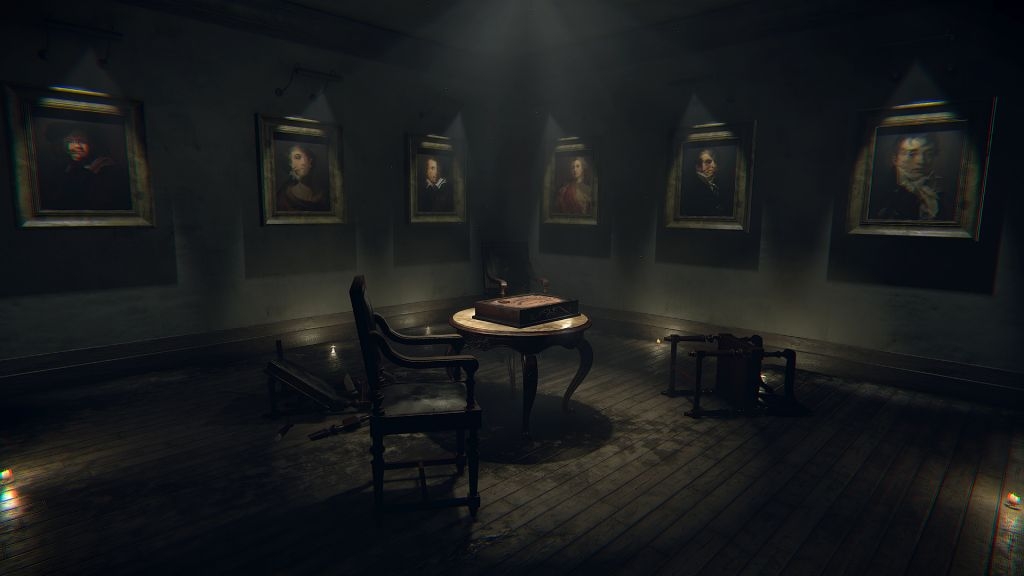
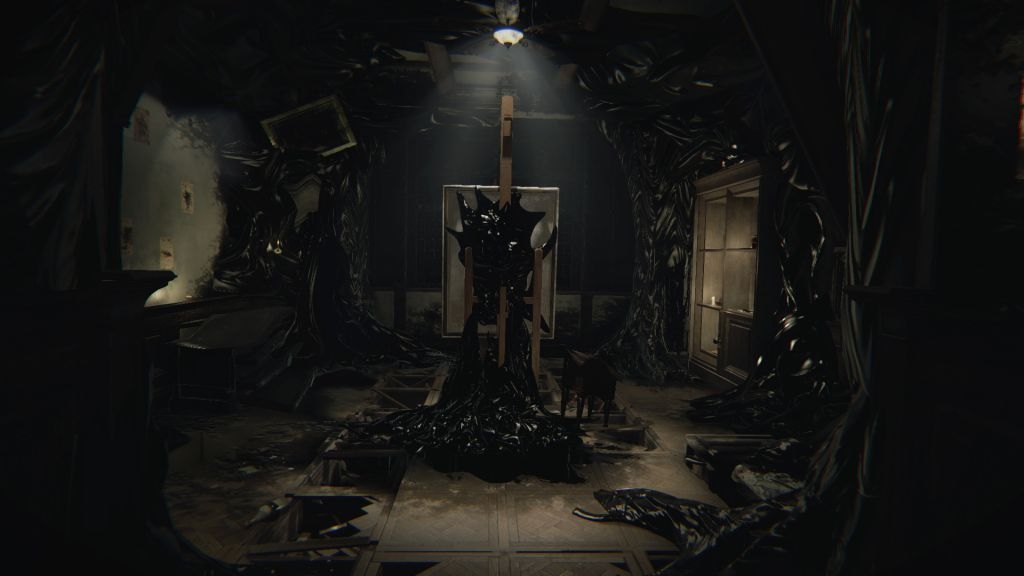
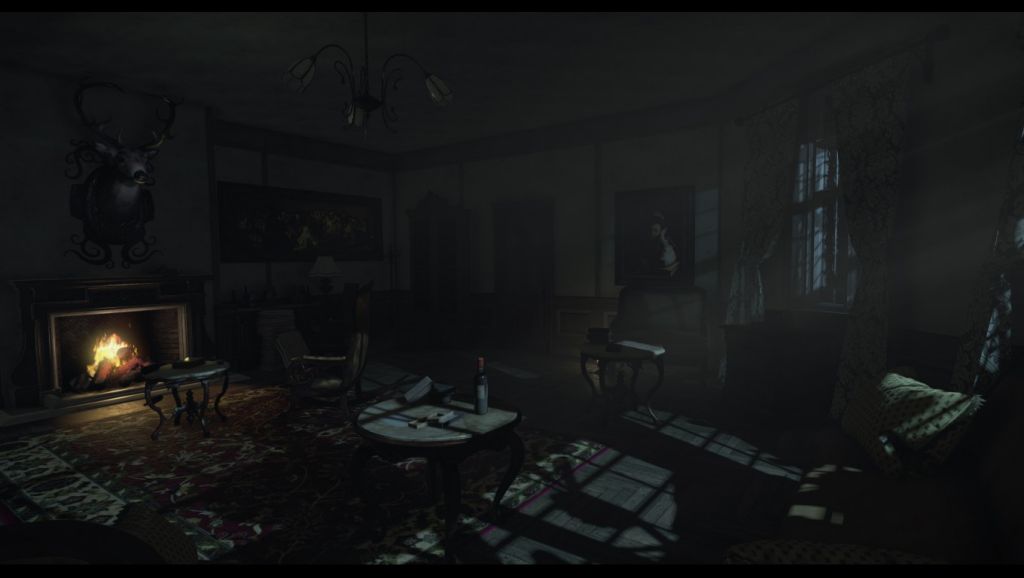
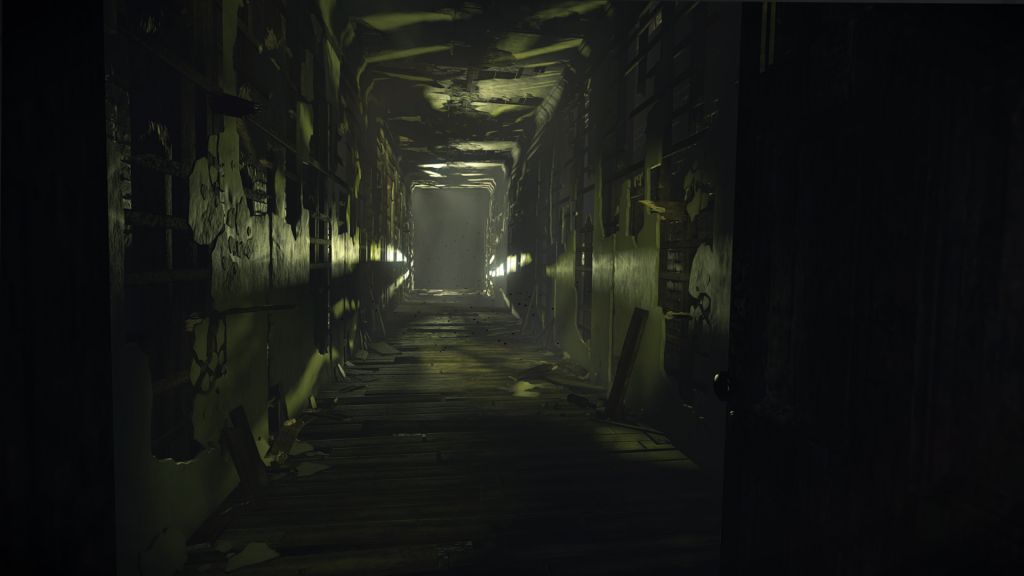
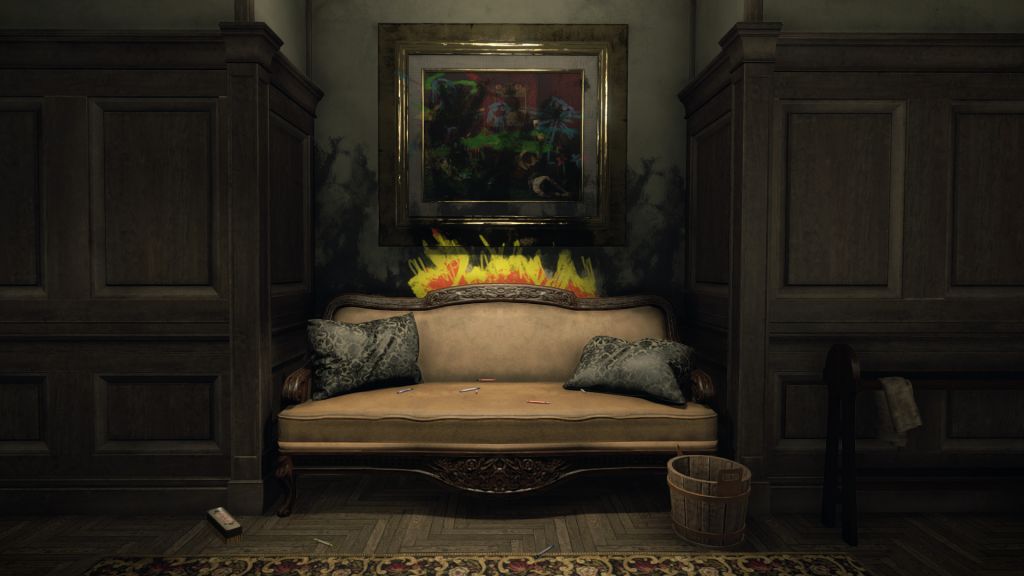
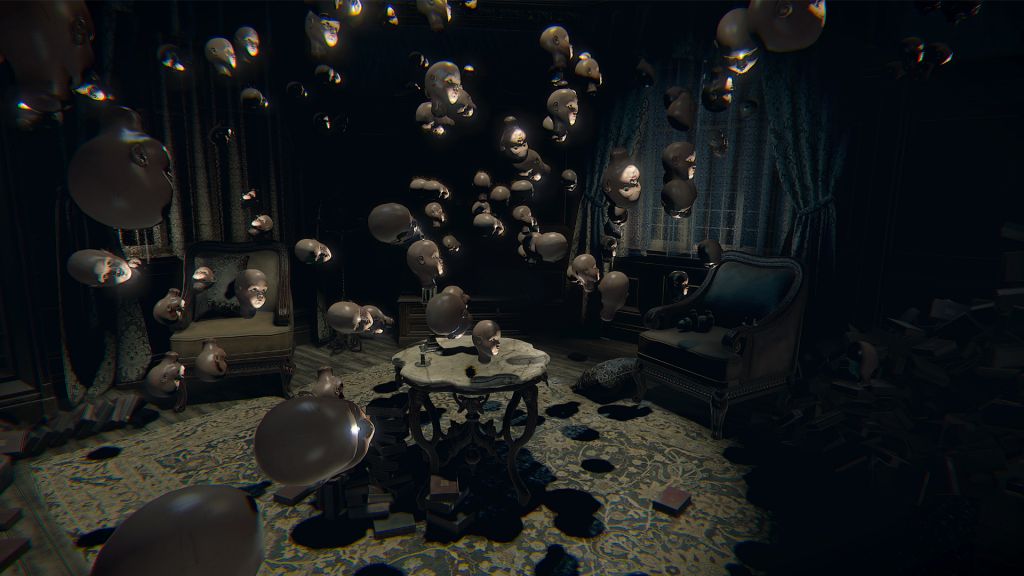
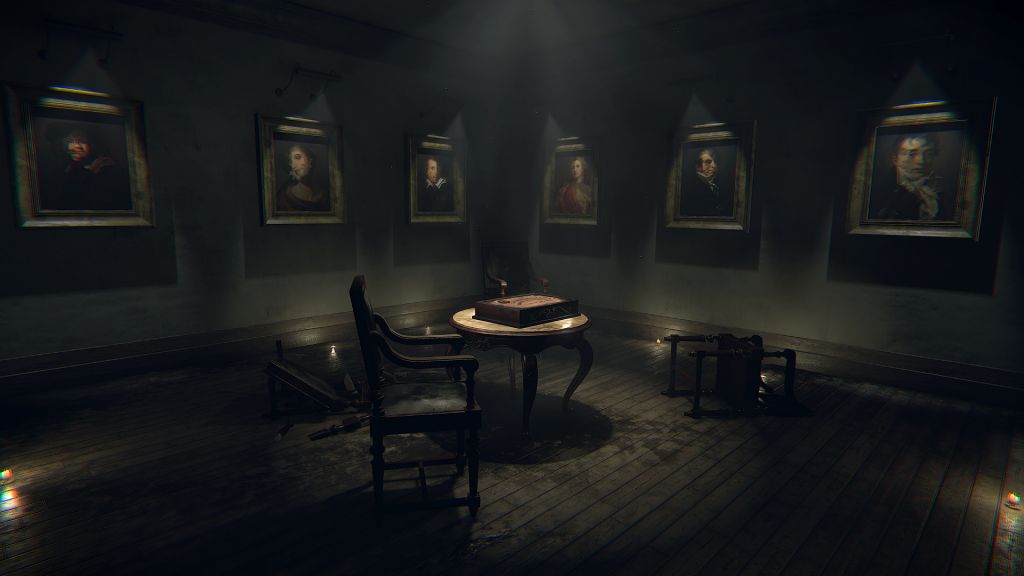
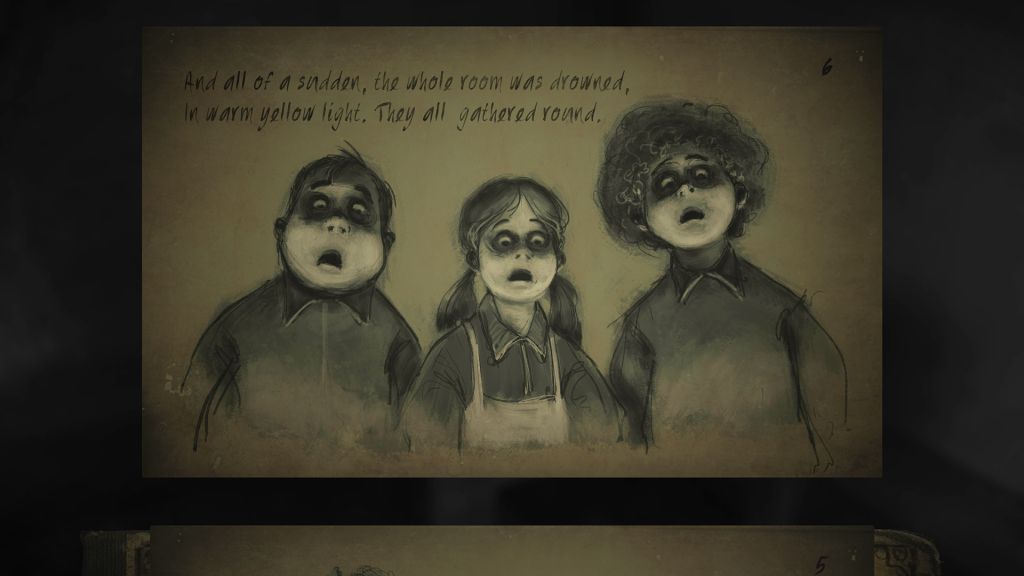
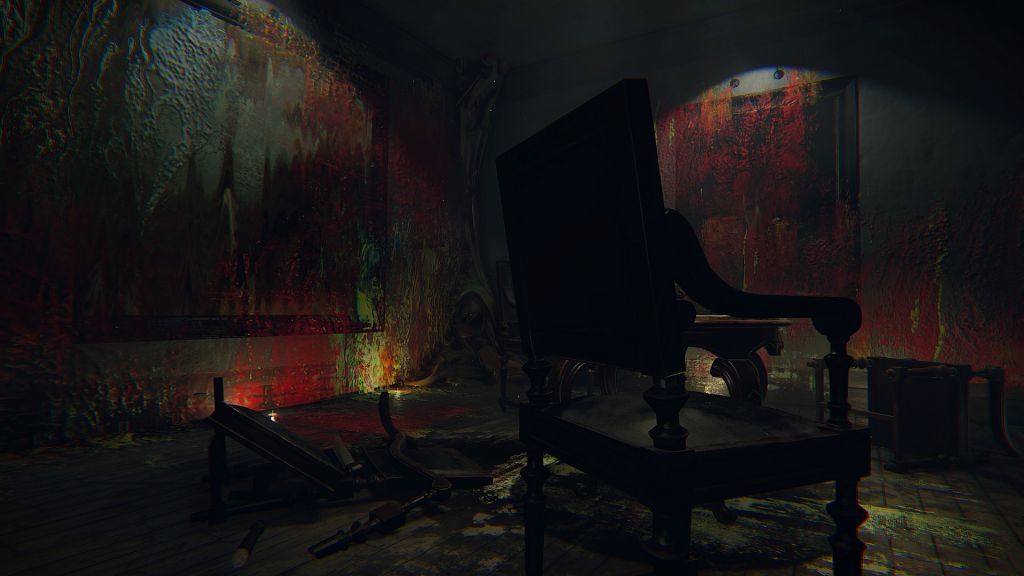
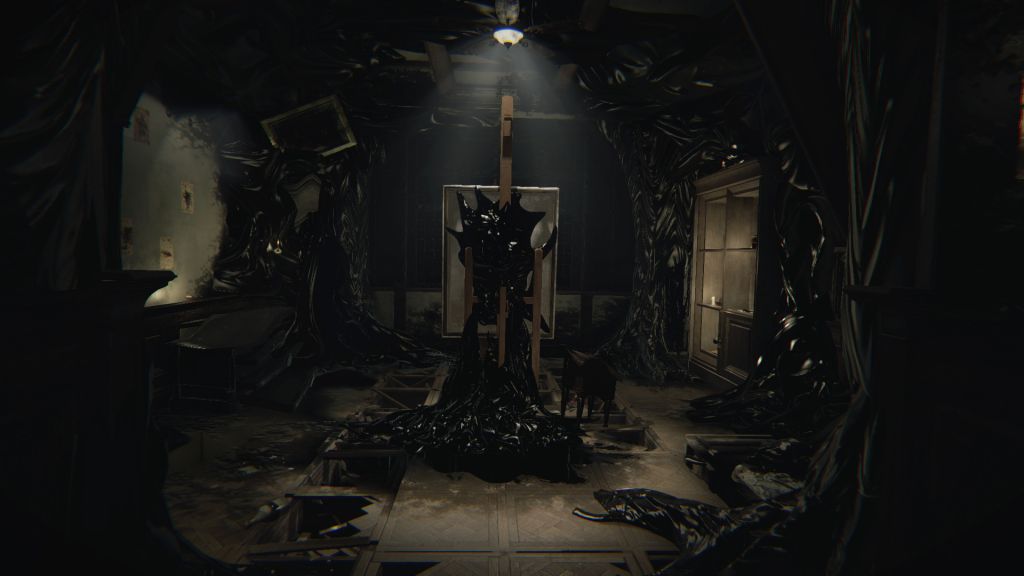
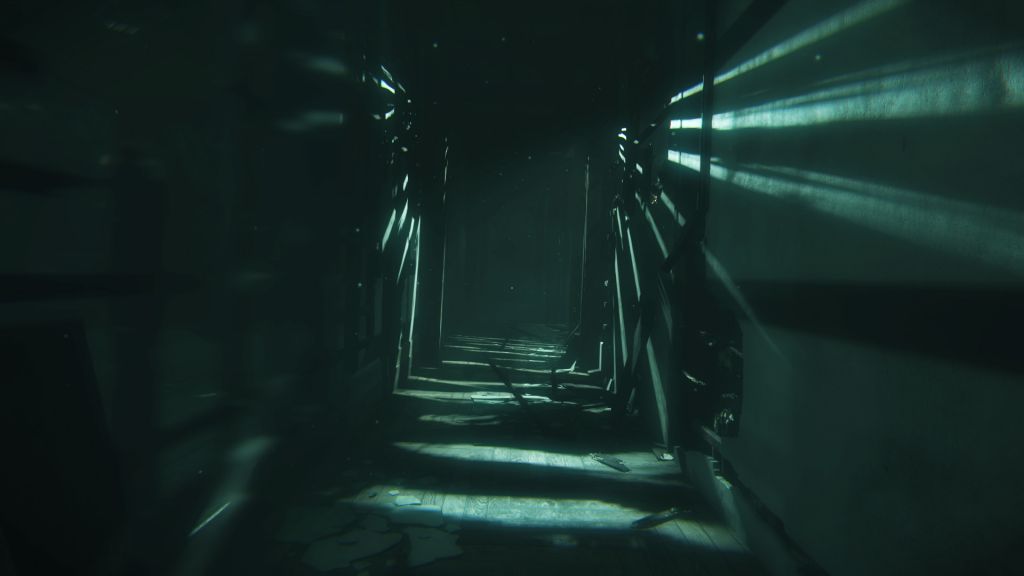
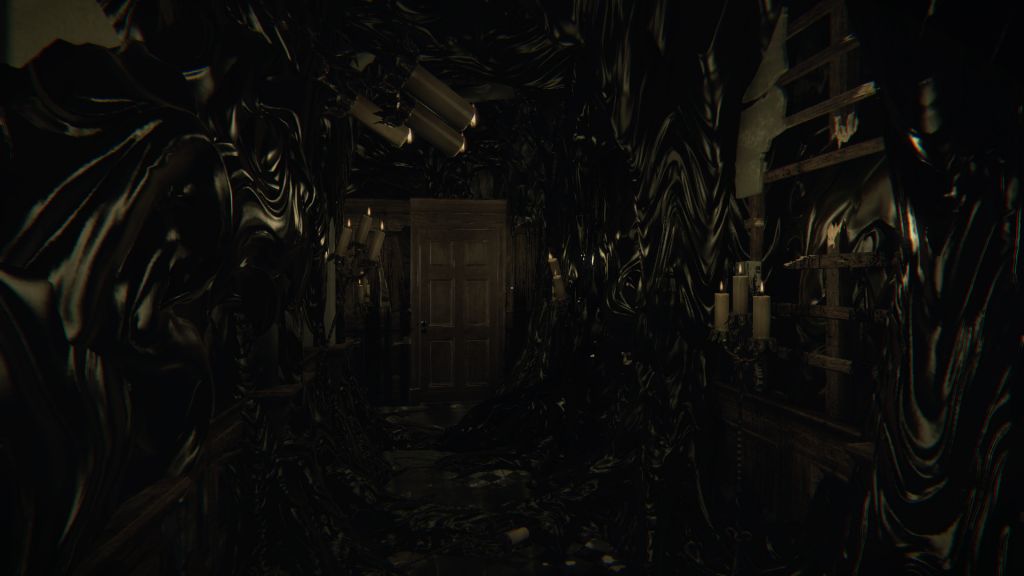

i love this game verymuch